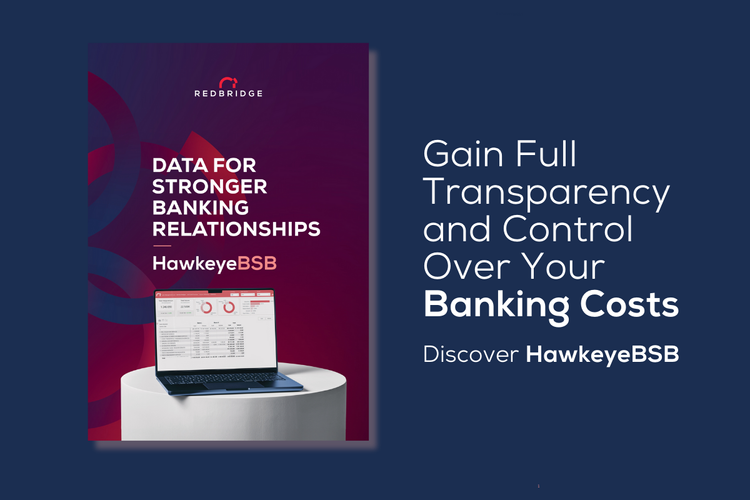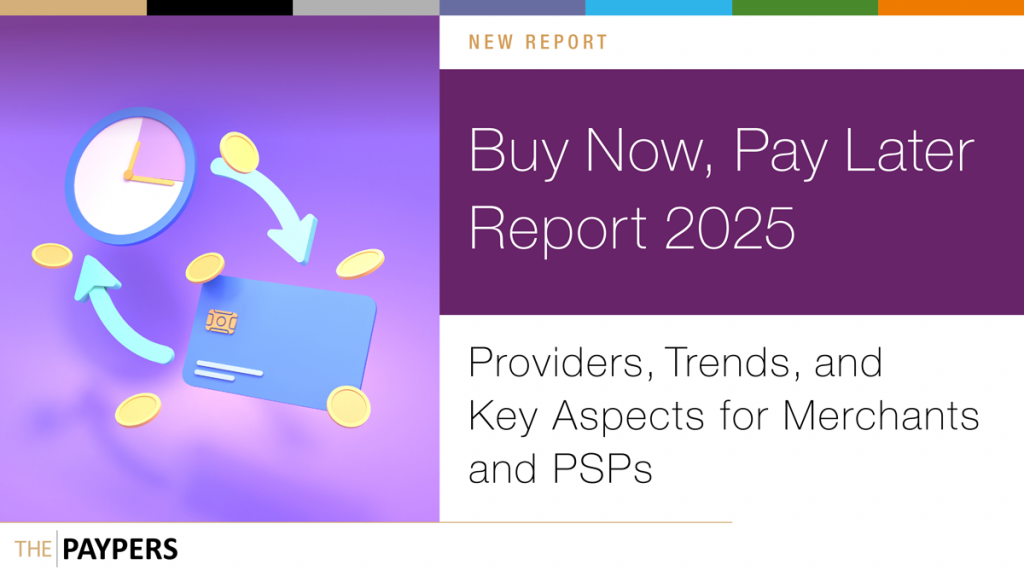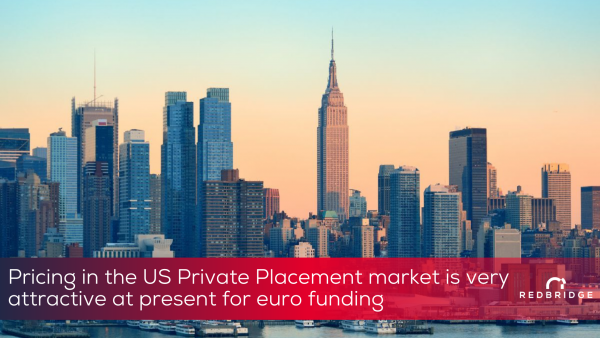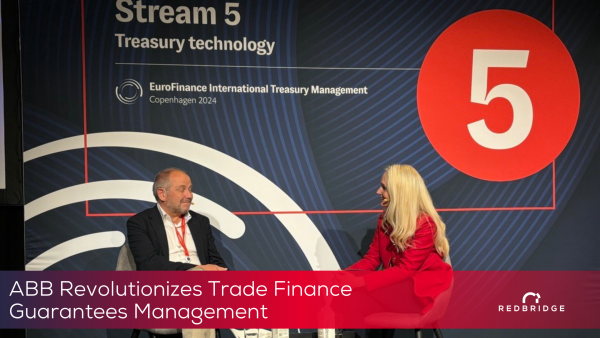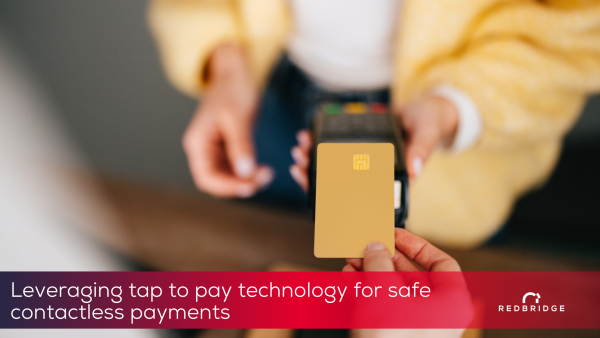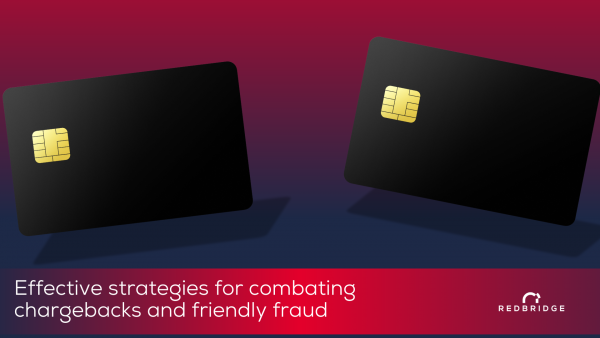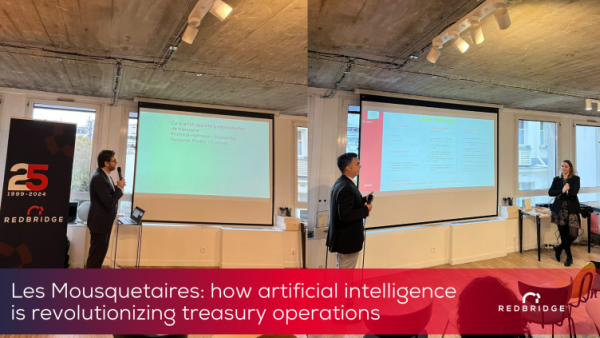Risk sensitive regulatory capital requirements, broader eligibility for liquidity ratios, simplified reporting obligations… On June 17, the European Commission presented a legislative proposal designed to revitalise the EU securitisation market.
The proposed legislative package, which forms part of the broader Savings and Investments Union (SIU) initiative, will now be submitted to the European Parliament and the Council for examination and adoption. In parallel, the Commission will launch a consultation on adjustments to the Solvency II framework aimed at fostering insurers’ appetite for Asset Backed Securities (ABS).
Targeted adjustments to the capital treatment of securitisation for financial institutions
The reform proposes a more risk sensitive treatment of securitisation under the banking prudential framework. Under the current rules, banks investing in senior tranches of securitisations are subject to a regulatory capital floor. This floor—currently set at 10% for Simple, Transparent and Standardised (STS) securitisations (a) —would under the new framework reflect the degree of risk inherent in the securitised portfolio. The Commission introduces a new category of transactions, dubbed “resilient”, for which the floor could go as low as 5%. These transactions would need to meet STS criteria and include an additional minimum credit enhancement.
In addition, one of the key parameters in the regulatory capital calculation—the “p-factor”—would be reduced for senior STS tranches. This would be especially relevant when banks apply the standardised approach (SEC-SA).
The proposal also seeks to improve the treatment of securitisations under the Liquidity Coverage Ratio (LCR). The LCR sets the amount of high-quality liquid assets a bank must hold to meet short-term liquidity needs. The Commission is proposing to expand both the range and volume of ABS that are eligible as liquid assets. This part of the reform is open for consultation until mid-July.
Finally, the reform includes simplified reporting obligations for private securitisations (b), along with a reduction in the due diligence requirements investors must fulfil for EU-based transactions.
A long-awaited revival following the 2017 framework
The current EU securitisation regime—established by Regulations (EU) 2017/2401 and 2017/2402—was introduced to restore investor confidence in the aftermath of the 2008 financial crisis. Key features included a 5% risk retention requirement for originators and stricter prudential treatment of ABS (c). The framework also defined eligible assets for securitisation and reinforced the rules governing asset selection by sellers. Investor disclosure requirements were strengthened, and the STS label was introduced to reward qualifying transactions with more favourable capital treatment.
Despite these improvements, the European securitisation market has seen only limited recovery since the framework came into force in 2019—especially when compared to developments in the US. This persistent weakness led Enrico Letta (d) and Mario Draghi (e) to call for a revitalisation of the securitisation market in their respective reports submitted in 2024. The European Council subsequently issued a formal request for the Commission to propose a reform. A public consultation was launched in autumn 2024, generating extensive feedback from industry stakeholders. Most comments called for a clearer definition of securitisation, simplified transparency and due diligence requirements, lower capital costs for financial institutions, and improved prudential treatment for insurers and pension funds.
A reform with primary impact on banks
The proposed reform should make it easier for banks to securitise their own assets. For non-bank originators, however, the expected impact remains limited for now, particularly in terms of cost. Nevertheless, the ongoing legislative process in the European Parliament may lead to broader changes in the regulatory framework, with potentially wider implications over the medium term.
Accola and Redbridge assist corporates on all financial aspects of their securitisation projects: asset selection, structuring, volume optimisation, cost reduction, etc. In 2024, our teams closed transactions representing a total of €1.7 billion in committed funding. In 2025, we remain committed to help you reap the benefits of securitisation for your business.
—
(a) STS is a label granted to securitisations that meet several criteria, including portfolio diversification, clear amortisation rules, location of originator/sponsor within the EU, and sufficient performance history of the underlying assets.
(b) A private securitisation refers to a transaction that does not involve a prospectus, is not listed or traded on a regulated market, and is negotiated bilaterally between the originator and a small group of investors.
(c) The 2008 crisis revealed that originating banks often failed to properly assess borrowers’ credit risk, since the risk was transferred to third-party investors, limiting the banks’ own exposure to potential losses.
(d) Letta Report – Much more than a market (2024) https://www.consilium.europa.eu/media/ny3j24sm/much-more-than-a-market-report-by-enrico-letta.pdf
(e) Draghi Report – The future of European competitiveness (2024) https://commission.europa.eu/document/download/97e481fd-2dc3-412d-be4c-f152a8232961_en?filename=The%20future%20of%20European%20competitiveness%20_%20A%20competitiveness%20strategy%20for%20Europe.pdf

